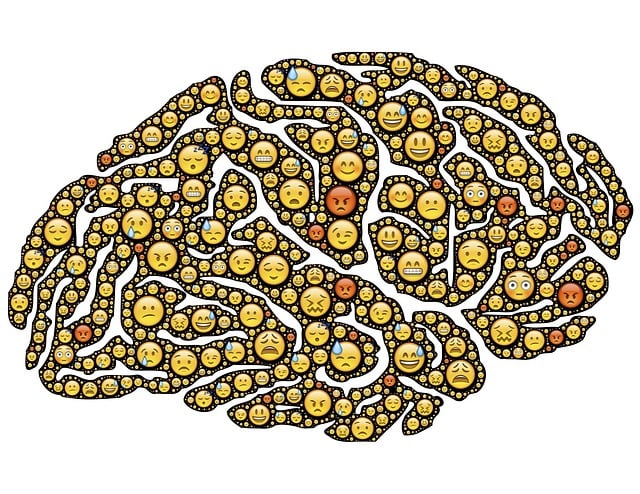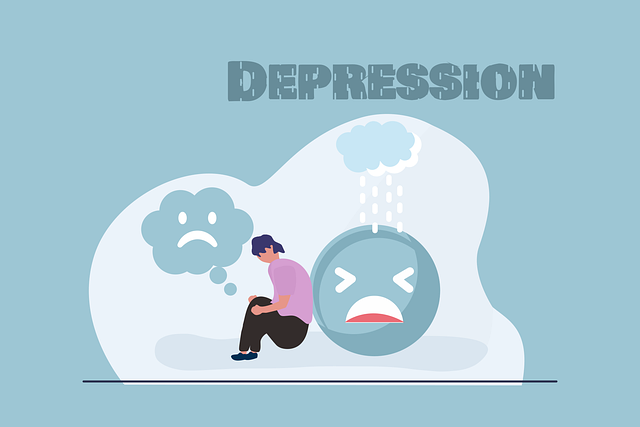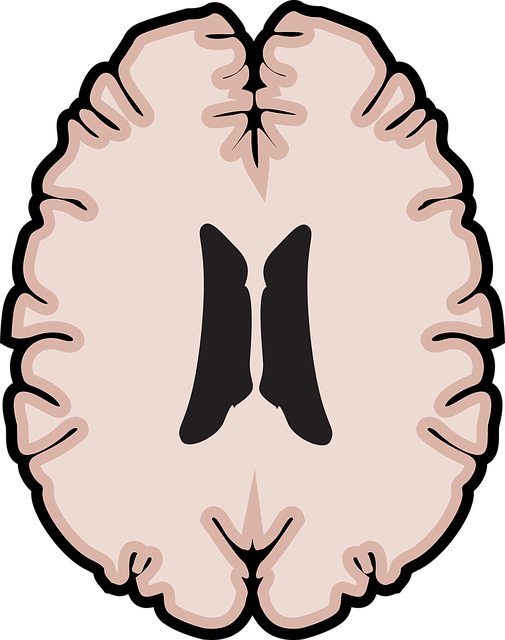Depression among adolescents is a growing concern requiring nuanced understanding. Analyzing mental health data reveals crucial patterns and risk factors, guiding effective interventions like therapy for adolescent teens' depression. Difficulties in emotional regulation underscore the need for targeted strategies and early intervention to support their emotional well-being and foster resilience. Through data-driven decisions, therapists can personalize treatment strategies, incorporating techniques like conflict resolution, emotional intelligence training, and stress management to enhance recovery rates. Continuous evaluation of therapy outcomes improves care, revolutionizing treatment for depressed teens.
Mental health data analysis is a powerful tool in understanding and addressing adolescent depression, one of the most pressing public health concerns of our time. This article explores how data can unravel the complexities of this issue, starting with identifying trends among teens. We delve into analyzing therapy outcomes to gain insights that inform personalized treatment plans. By interpreting patterns, mental health professionals can develop more effective therapy for adolescent teens depression, ultimately improving care and outcomes.
- Understanding Adolescent Depression: Unveiling the Data
- Analyzing Therapy Outcomes: What Does the Data Tell Us?
- Interpreting Patterns and Personalizing Treatment: A Path Forward
Understanding Adolescent Depression: Unveiling the Data

Depression among adolescents is a growing concern, with data revealing alarming trends. Understanding this complex condition requires a nuanced approach, and analyzing mental health data plays a pivotal role in identifying patterns and risk factors. By delving into statistical insights, researchers can uncover hidden connections and develop effective interventions, such as therapy for adolescent teens depression.
The journey towards comprehending adolescent depression involves examining various data points, including prevalence rates, demographic disparities, and correlating factors like social skills training and self-awareness exercises. For instance, studies show that emotional regulation difficulties are prevalent in depressed teens, highlighting the need for targeted strategies. These insights not only guide therapists but also advocate for early intervention, ensuring adolescents receive the necessary support to navigate their emotional landscapes and foster resilience.
Analyzing Therapy Outcomes: What Does the Data Tell Us?

Analyzing Therapy Outcomes: Unveiling Insights from Data
The process of data analysis in mental health plays a pivotal role in understanding the effectiveness of various therapeutic approaches, especially for adolescent teens grappling with depression. By meticulously examining therapy outcomes, researchers and clinicians can identify trends, patterns, and key factors contributing to positive or negative results. This data-driven approach allows for evidence-based decisions, ensuring that treatment strategies are tailored to meet the unique needs of each individual. For instance, analysis may reveal that specific conflict resolution techniques or emotional intelligence training significantly enhance recovery rates in teenage depression therapy.
Moreover, stress management strategies often emerge as a common thread among successful cases. The data can guide therapists in incorporating these effective practices into their treatment plans, potentially improving overall therapeutic outcomes. By continuously evaluating and interpreting these results, the mental health community can refine its approach to therapy for adolescent teens with depression, ultimately fostering better recovery and resilience.
Interpreting Patterns and Personalizing Treatment: A Path Forward

Interpreting patterns within mental health data is a powerful tool for personalizing treatment plans, especially for adolescent teens suffering from depression. By analyzing trends and correlations, therapists can gain valuable insights into what works best for each individual. This tailored approach ensures that therapy aligns with the unique needs and circumstances of the teen, enhancing its effectiveness. For instance, certain therapeutic techniques or interventions might prove more beneficial for specific demographics or those with co-occurring disorders.
Through innovative methods like the Mental Wellness Podcast Series Production, compassion cultivation practices, and trauma support services, mental health professionals can offer a diverse range of treatment options. This personalized touch not only improves outcomes but also fosters a sense of trust and engagement between therapist and client. By combining data analysis with compassionate care, we can revolutionize therapy for adolescent teens dealing with depression, ensuring they receive the most appropriate and supportive treatment possible.
Mental health data analysis plays a pivotal role in understanding adolescent depression and improving therapy outcomes. By deciphering patterns within the data, we can personalize treatment plans, ensuring better care for young minds. This approach, grounded in evidence, allows us to adapt therapies tailored to individual needs, ultimately enhancing the effectiveness of interventions for depression among teenagers. Leveraging advanced analytics, healthcare professionals can navigate this complex landscape and offer hope and healing to those struggling with mental health issues.








